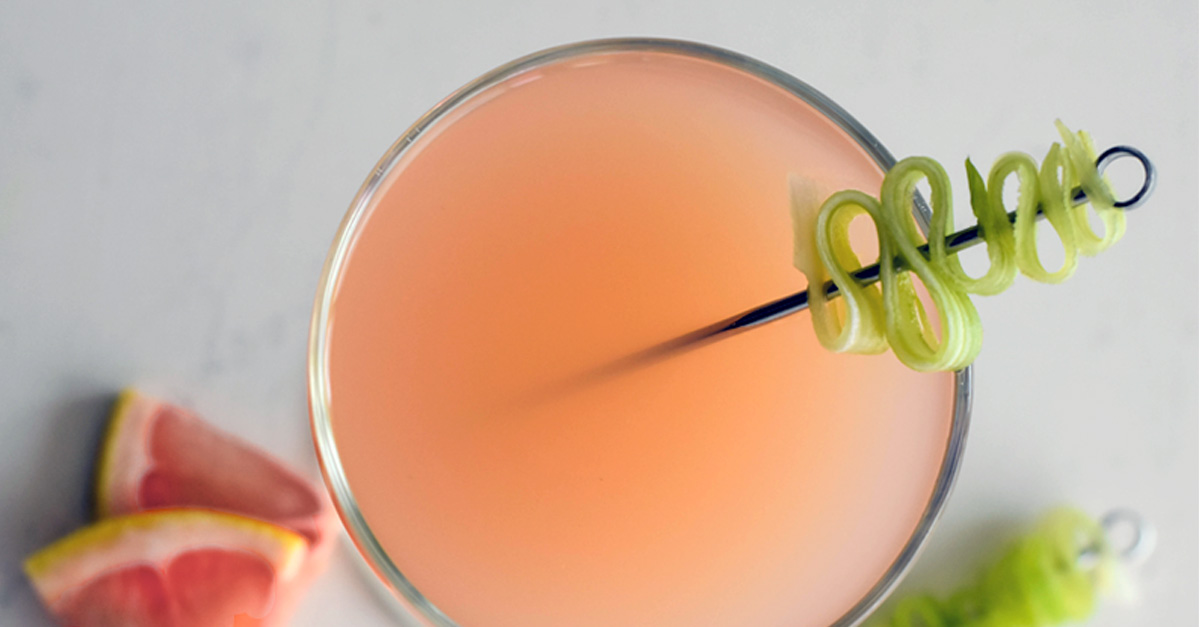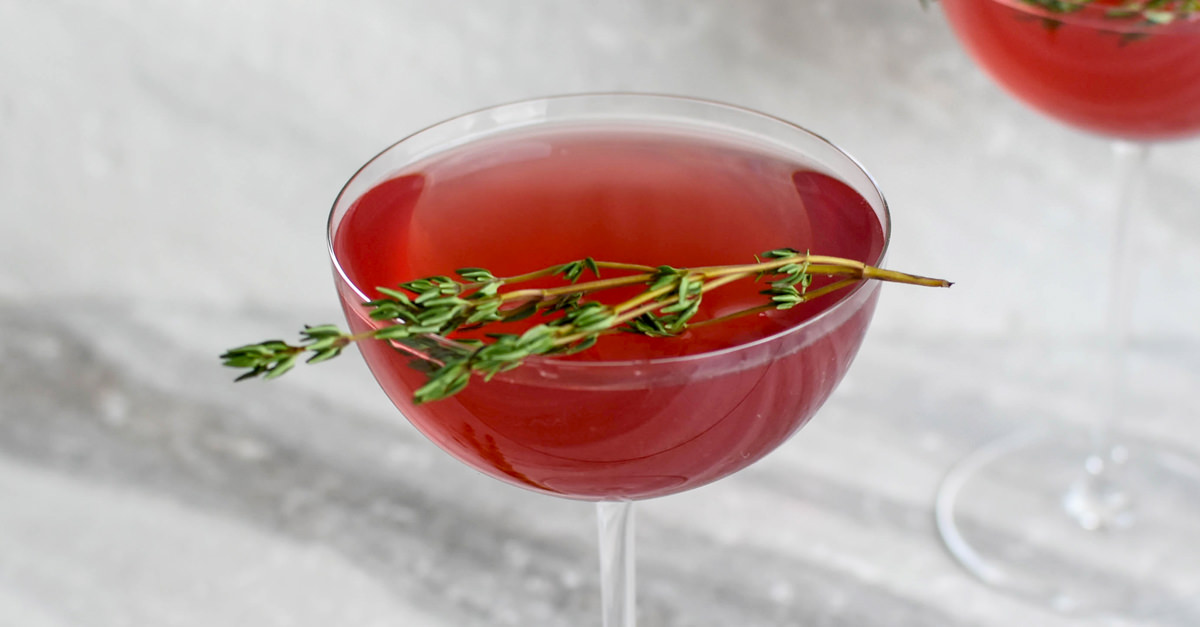
Despite the new craze for craft cocktails and mixologist creations, sometimes it’s best to stick with the classics — and if there’s one classic cocktail that will forever hold a place in our hearts, it’s the Martini. The Martini is timeless, an effortlessly elegant bar staple that will surpass the recent obsessions over intricate herbal syrups and whimsical, mismatched ingredients for years to come. However, regardless of the Martini’s enduring fame, there’s still much confusion over what exactly goes into this long-lasting concoction. We’re breaking down this sophisticated sipper once and for all, letting you in on everything you need to know about America’s classiest cocktail, the Martini.
Where did the Martini start?
There are many theories over where and how the Martini first came about; some believe that the drink was created by a bartender named Martini in New York in the early 1900s. Others believe the drink was created by vermouth brand Martini & Rossi. However, the most commonly accepted story is that Jerry Thomas, a bartender at the Occidental Hotel, invented the drink in Martinez, California in the 1870s for a miner who had just struck gold. Story has it that the miner actually wanted to celebrate with Champagne, but the bar was out. Thomas crafted the miner a drink with the ingredients he had behind the bar — without him knowing it, the Martini was born, starting a cocktail craze for the gin-based concoction.
What’s are the different types of Martinis?
Most cocktail professionals will agree that gin was originally used in the first Martini recipe. However, post-vodka craze in America, the cocktail began using vodka in place of gin to suit Americans’ palate. Simply put, gin will bring a more complex, botanical-influenced flavor profile to the drink, whereas vodka will provide a smoother, simpler taste profile.
What is the classic recipe for a Martini?
Simple: 5 parts gin/vodka, 1 part dry vermouth. Garnish with an olive or lemon twist.
What’s the difference between a dry Martini and a wet Martini?
Ironically, a wet Martini actually means adding more dry vermouth. A dry Martini will call for the normal amount of dry vermouth, where a wet Martini will call for more than one part dry vermouth.
What’s the difference between shaken and stirred?
Both shaking and stirring your Martini are working toward the same end result: chilling the cocktail down. However, stirring is a more delicate way of chilling, cooling the beverage down slower (and diluting the beverage slower) than shaking. Shaking the drink causes the liquid to come in greater contact with the ice, cooling the drink down faster and often leaving some residual water (melted ice chips) due to the impact of the shaking.
What’s the difference between straight up and on the rocks?
Straight up is the term used for taking a drink that is stirred or shaken over ice and straining the drink from the shaker, leaving the ice behind. A drink served on the rocks will have ice present in the glass upon consumption.
What is a dirty Martini?
A dirty Martini takes the classic Martini recipe (gin or vodka, your choice) and simply adds a little olive brine, then is generally garnished with a green olive.
What are other popular takes on the Martini?
While we’ve focused on the classic recipe, many takes on the Martini have come about over the years. Espresso, Kahlua, and chocolate-based Martinis have become popular after-dinner choices, while fruit-flavored selections have become a common happy-hour staple. Check out some of our favorites below!



